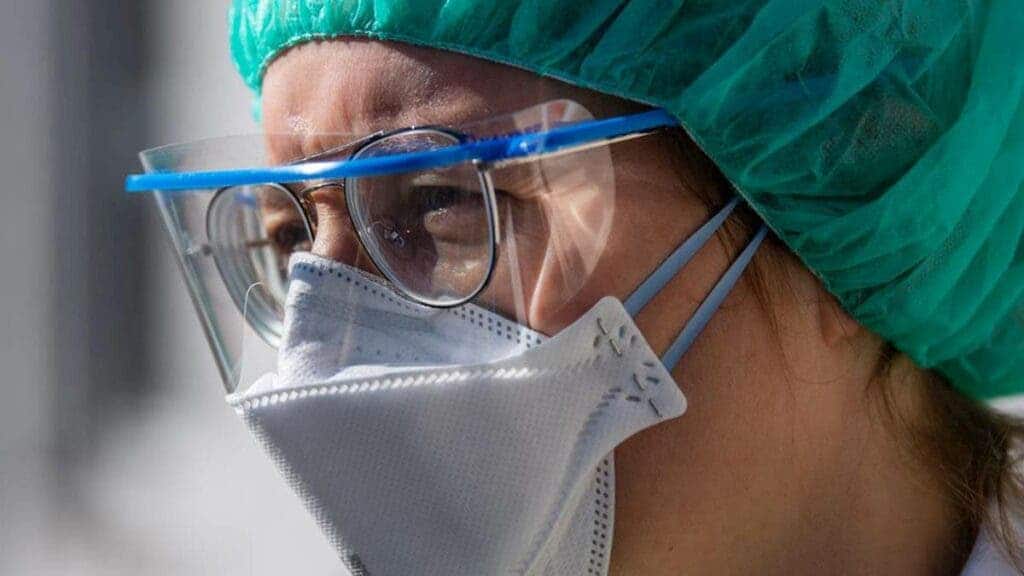The virus that causes COVID-19 spreads mainly from person to person. This can happen through droplets that fly into the nose or mouth, airborne or surface transmission, and fecal-oral. But that’s apparently not all of it.

Researchers from the University of Hong Kong discovered that the eyes are an important route through which the coronavirus can enter into the human body. The strain was up to 100 times more infectious than severe acute respiratory syndrome and bird flu in two facial orifices tested.
The laboratory tests led by Dr. Michael Chan Chi-wai revealed that virus abundance levels of SARS-Cov-2 – the strain of coronavirus that causes the Covid-19 disease – was far greater than for SARS in the upper respiratory airways and conjunctiva, the cells lining the surfaces of the eyes.
“We culture tissues from the human respiratory tract and eyes in the laboratory and applied them to study the SARS-Cov-2, comparing it with SARS and H5N1. We found that SARS-Cov-2 is much more efficient in infecting the human conjunctiva and the upper respiratory airways than Sars, with virus level some 80 to 100 times higher,” Dr Chan told South China Morning Post.
SARS-CoV-2 can infect humans through direct or indirect contact. Direct contact refers to person-to-person transmission, which requires a susceptible individual to physically touch their mouth, nose, or eyes after, for instance, transferring the virus through a handshake. Indirect contact modes require a susceptible host to come into contact with an object that was previously contaminated by an infected host.
In humans, the incubation period (during which the person has the disease, but does not develop symptoms) appears to be 1-14 days. However, it seems that they are still infectious even during this incubation period — so people can still pass the coronavirus before experiencing any symptoms.
The study by Hong Kong researchers reinforces advice to the public not to touch their eyes and to wash hands regularly to avoid infection. Researchers at the same university previously found that the coronavirus could survive as long as seven days on stainless steel surfaces and plastic.
The findings also challenge the widely-held assumption in the earliest stages of the health crisis that medical staff would be adequately protected with N95 masks and protective clothing, without the need for specialist glasses.
“Although there are signs that the Covid-19 epidemic is getting more stable in Hong Kong, the situation elsewhere in the world is still serious. There are still many new cases reported every day in, say, Russia and Europe. We should not let our guard down,” Chan said.
In late January, Peking University First Hospital respiratory specialist Wang Guangfa reported that he had come down with a fever and catarrh, about three hours after his eye had developed conjunctivitis on his return to Beijing from Wuhan. Wang was later confirmed with Covid-19, with his eyes suspected as the route of infection.
The outbreak of Covid-19 was first reported in the central Chinese city of Wuhan late last December. It has since developed into a pandemic, infecting more than 3.77 million people and claiming over 264,000 lives across the world, according to data compiled by researchers at Johns Hopkins University.


